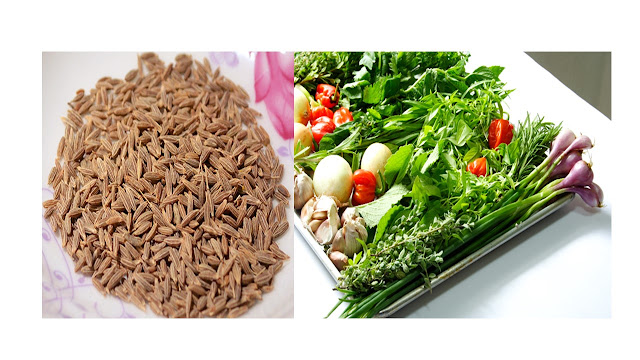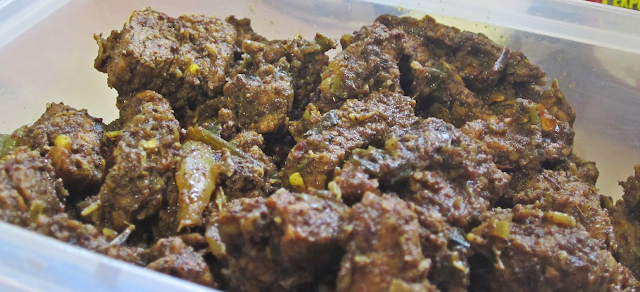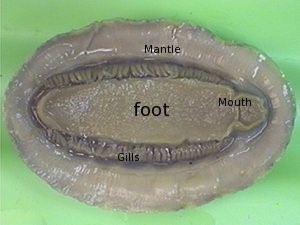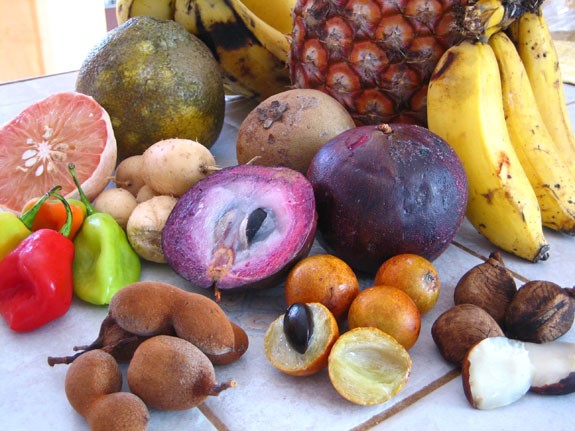I would like to draw your attention to just 4 examples of drinks
that Trinis enjoy: Carib beer, Sorrel, Mauby and Ponche de crème.
Only 2 of these are traditionally non-alcoholic but, not necessarily so today, as
there’s now Shandy Carib - Sorrel (1.2% alc.), and I had a Trini friend who
made a very delicious red wine and sorrel sangria one Christmas. We Trinis find
a way to make it boozy, no problem.
What is there to say about Carib? “A beer is a Carib”. “A
real beer is Carib”.
Sorrel is Christmas in Trinidad. Sorrel drink is made with
the idea of sharing with anyone and everyone whether at home or work during the
Christmas season. The drink is made from heavily steeping the bright, red
sepals of the sorrel plant (Hibiscus sabdariffa).
Did you ever notice that boiling the sepals also cleans out the stains on your
pot! Probably because of the acidity or tartness of the extract. The red color
also stains your mother’s good counter-tops too!
 |
| Boiling the sorrel and spice mixture |
The brew contains the sorrel sepals, cinnamon, cloves, sugar and water of course. Some even add a little ginger and star anise too.
 |
| The final product - tart sorrel drink |
Ponche de creme is a Christmas-time delight. It is milk-based and infused with strong rum or ‘Punchin’ (puncheon
rum) for that added kick. Some say it’s the Trini version of Bailey’s Irish
cream. But it’s highly spiced with nutmeg, cinnamon, clove, lime, vanilla,
Angostura bitters and ‘punchin’ rum. Doesn’t sound like any Bailey’s to me!
 |
| Only a Trini can drink this and still stand up! |
The issue now is in using raw eggs in the drink. Salmonella
anyone? The alcohol content is said to destroy whatever bacteria may be in the
raw eggs, so it’s safe to drink. Alternatively, you can simply omit the eggs,
it’s up to you.
One thing is certain, however, the colder the crème, the
better it tastes. So, on the rocks please!
Mauby is a delicious sweet drink again, made from a heavily steeped
preparation of the tree bark of Colubrina
arborescens. It reminds me of a slightly bitter, spiced ice- tea actually.
On Charlotte Street, Port of Spain, you can find the bark sold
in small packs as a “kit” if you like. The kit contains the mauby bark pieces
along with the necessary spices to make the drink e.g. clove, aniseed, bay
leaf, cinnamon sticks, and star anise. You can add some dried orange peel as
well.
 |
Dried mauby bark pieces
|
 |
| Boiling the mauby bark pieces with spices |
 |
| The final product - a tall glass of cold mauby |
Now, mauby
is also sold as a concentrate where you just add water to get the intensity of
flavour you prefer. Listen, nothing beats a glass of homemade cold, mauby. You
cannot drink this slowly. Gulping it down is uncontrollable.


























































